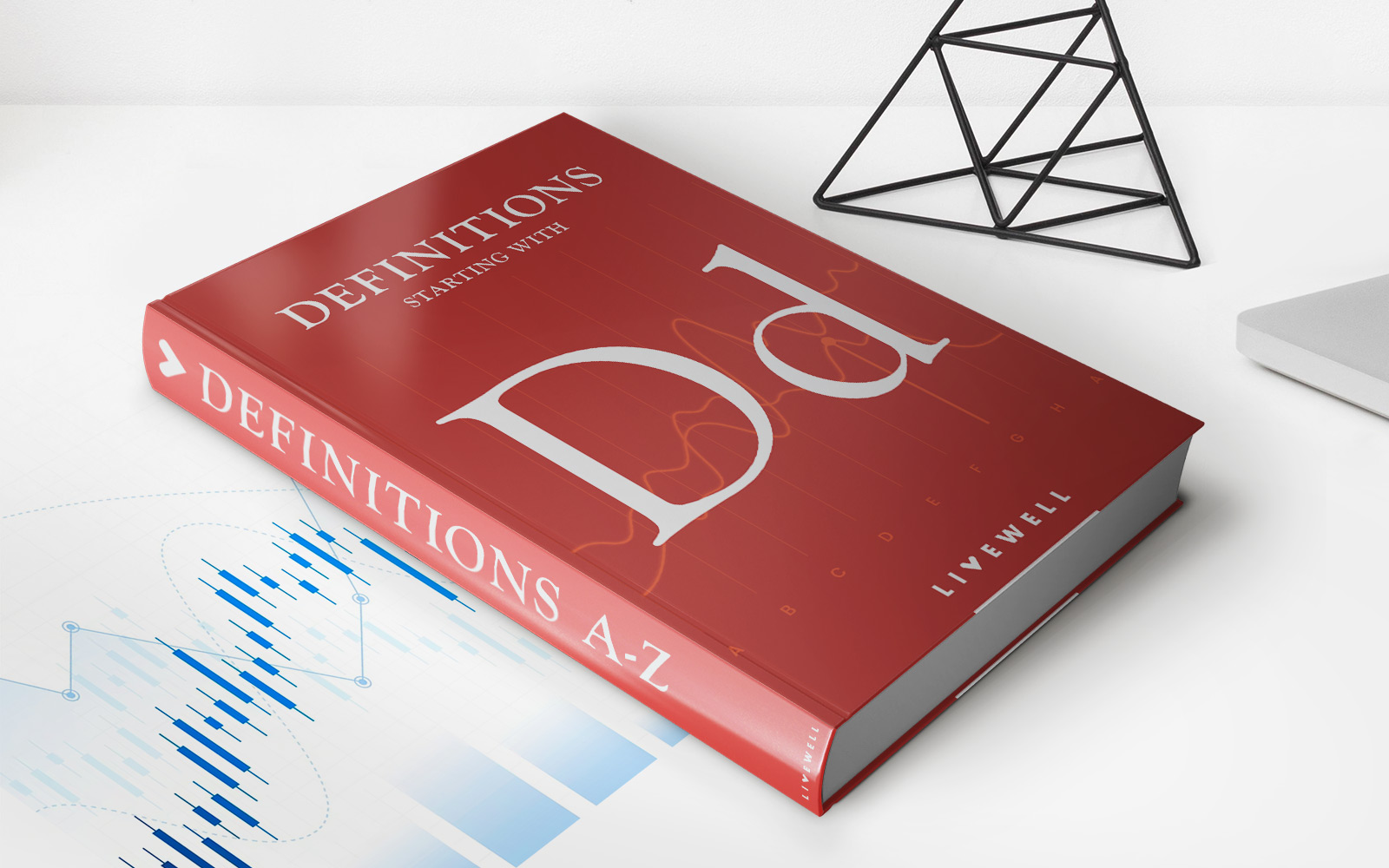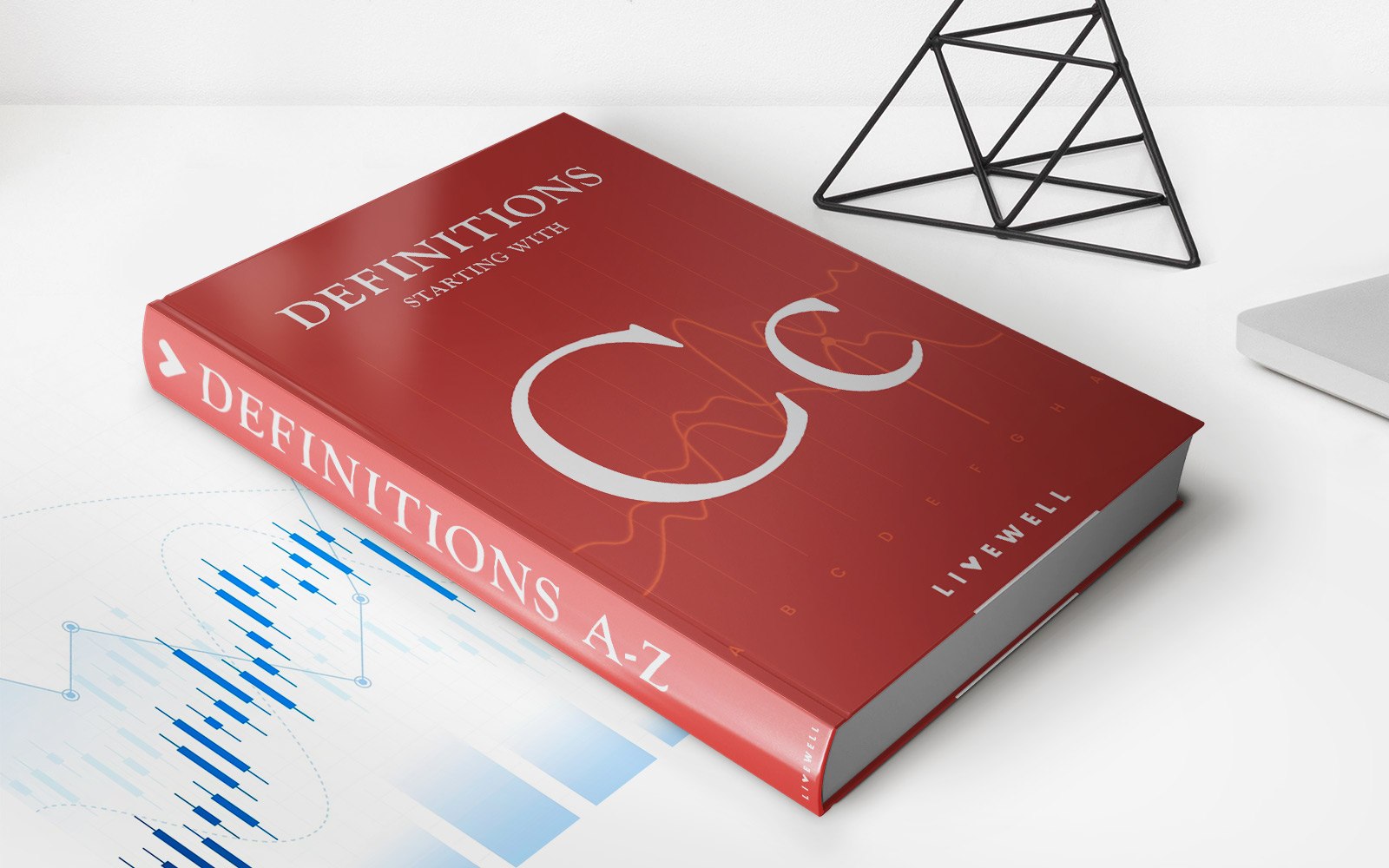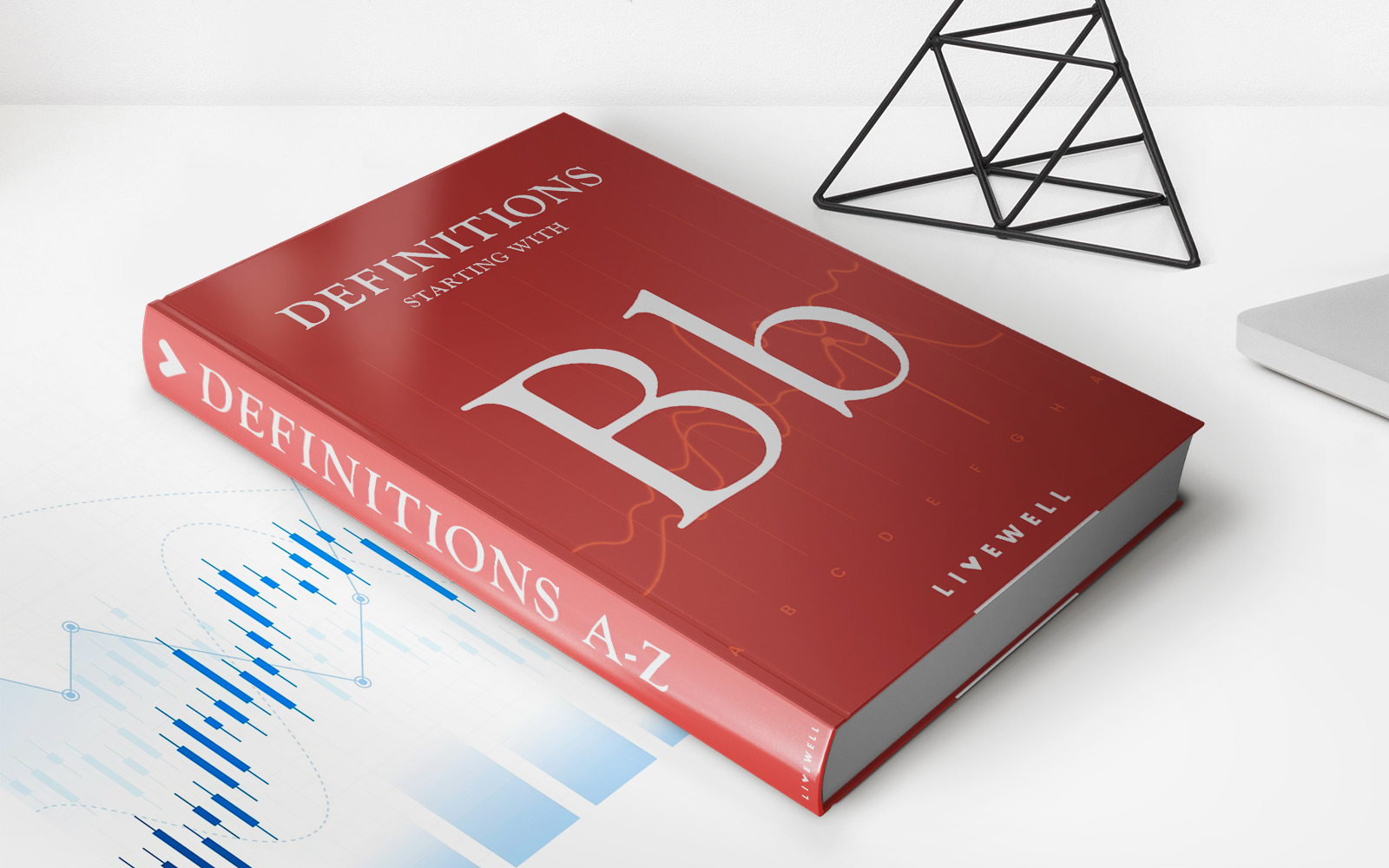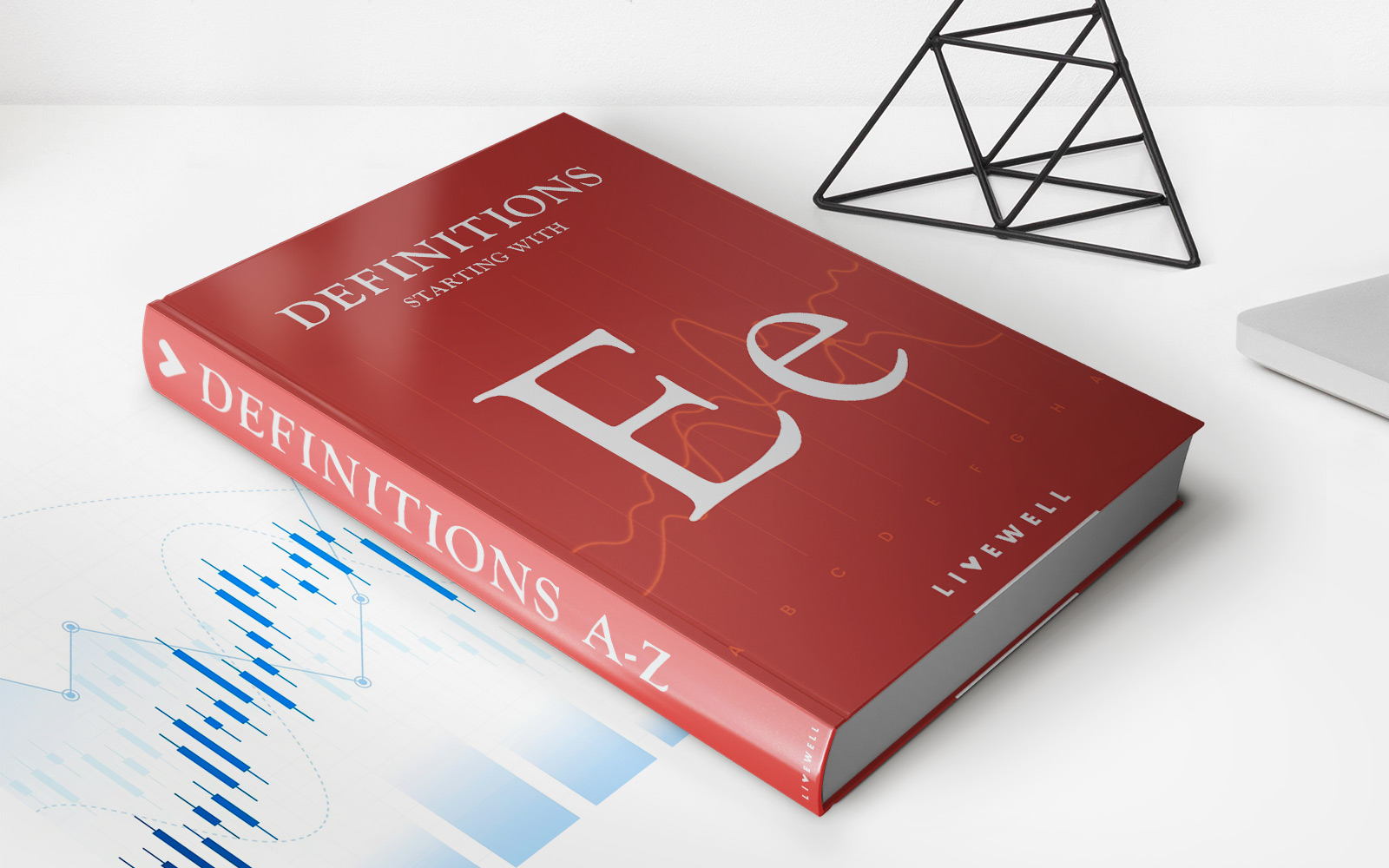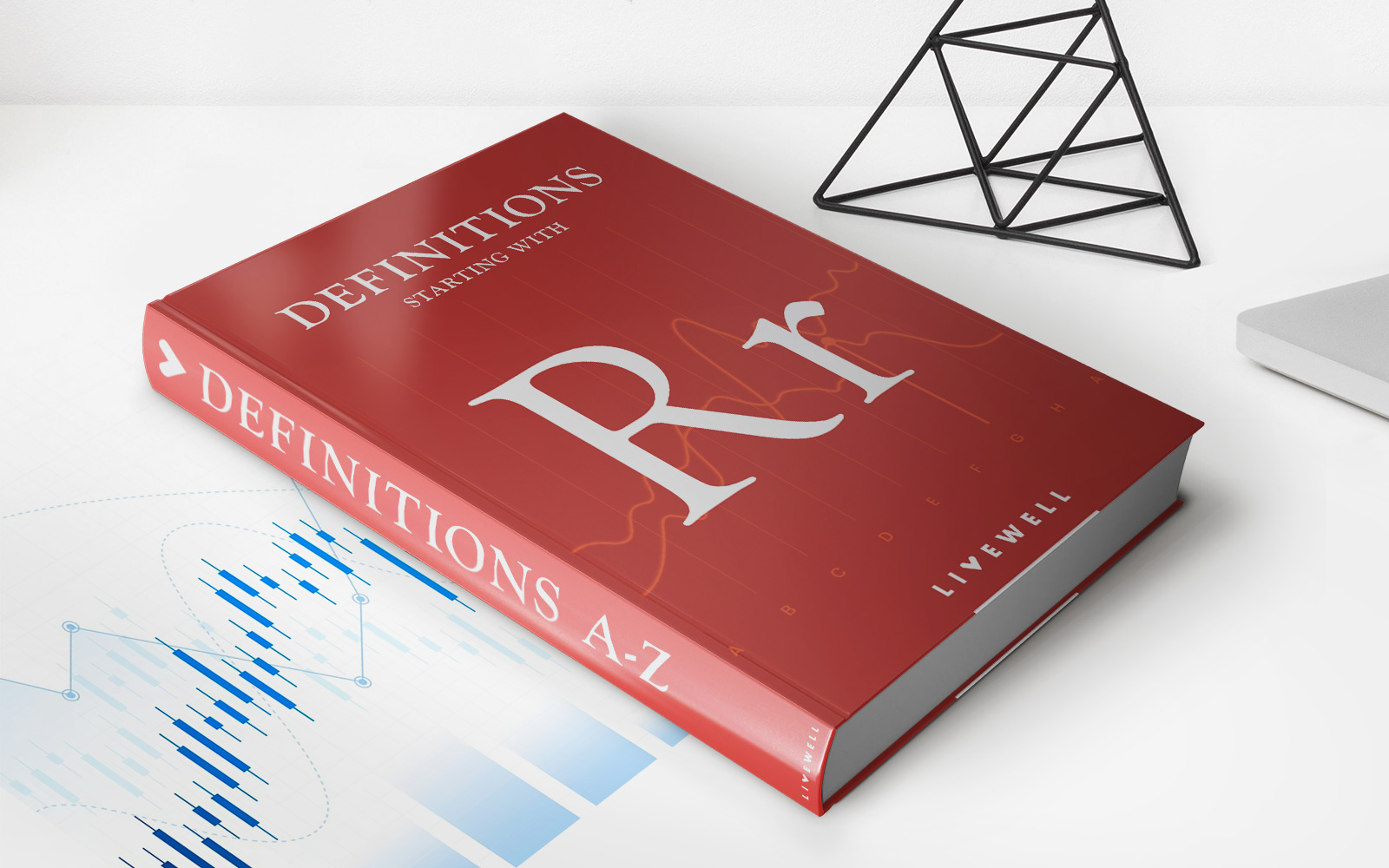Home>Finance>Pixels Per Inch (PPI): Definition, Vs. Dots Per Inch (DPI)
Finance
Pixels Per Inch (PPI): Definition, Vs. Dots Per Inch (DPI)
Published: January 8, 2024
Learn the difference between pixels per inch (PPI) and dots per inch (DPI) and how they relate to finance. Explore their definitions and implications for digital design.
(Many of the links in this article redirect to a specific reviewed product. Your purchase of these products through affiliate links helps to generate commission for LiveWell, at no extra cost. Learn more)
Understanding Pixels Per Inch (PPI) and its Importance in Finance
When it comes to finances, every decision counts. From investments to budgeting, understanding the nitty-gritty details can make a significant difference. One such detail that often goes overlooked is pixels per inch (PPI). In this blog post, we will explore the definition of PPI, its difference from dots per inch (DPI), and why it matters in the world of finance.
Key Takeaways:
- PPI measures the number of pixels on a screen per inch of display space, while DPI refers to the number of dots printed per inch on a physical paper.
- In finance, PPI is critical when analyzing financial charts and graphs, as the clarity of image representation can impact decision-making.
Understanding PPI vs. DPI
Pixels Per Inch (PPI) is a measurement used to describe the pixel density of a digital display or image. It measures the number of pixels that are packed into a linear inch of a screen. A higher PPI value means more pixels are crammed into each inch, resulting in a sharper and clearer image.
Dots Per Inch (DPI), on the other hand, refers to the number of dots that can be physically printed within an inch on a paper. DPI is commonly associated with print media and determines the quality and detail of printed materials.
In simple terms, PPI is related to digital screens, while DPI is related to printed materials.
Why PPI Matters in Finance
Now that we understand the difference between PPI and DPI, let’s dive into why PPI matters in finance:
- Clarity and Detail in Financial Charts: In finance, accurate and clear representation of data is crucial for decision-making. When analyzing financial charts and graphs on a digital screen, higher PPI ensures the details are presented crisply. This allows financial professionals to better understand and interpret complex data, leading to more informed investment decisions.
- Precision in Financial Calculations: Finance professionals often work with numbers that require precision and accuracy. With a higher PPI, charts and spreadsheets are displayed with sharper text and numbers, ensuring accurate calculations without eye strain. This is especially crucial for those who spend long hours analyzing financial information on screens.
Understanding the importance of PPI can benefit finance professionals by enhancing their ability to analyze data effectively and make better-informed financial decisions. Whether it’s evaluating investment charts or conducting financial modeling, having a higher PPI display can greatly enhance the overall experience.
So next time you’re assessing your financial data, don’t forget to consider the PPI of your device. The small details can make a big difference!
